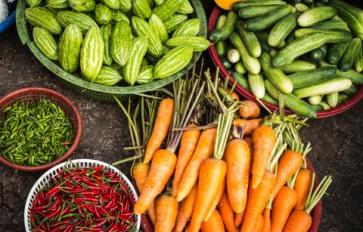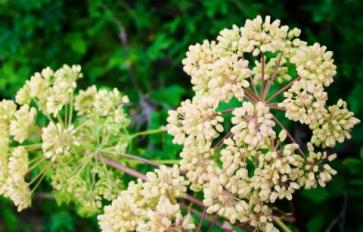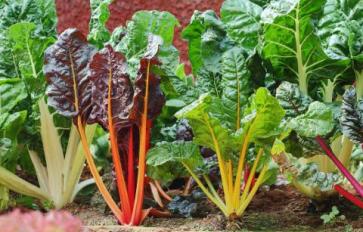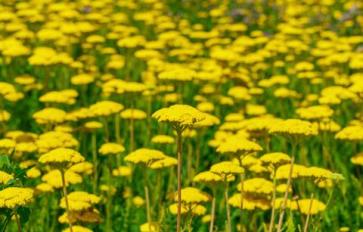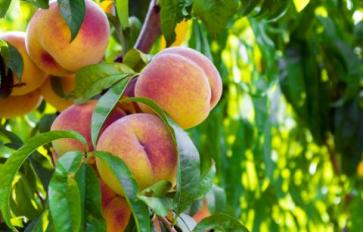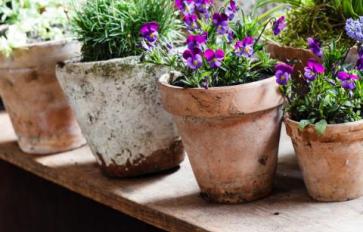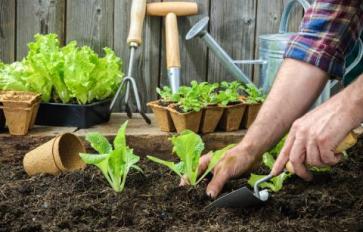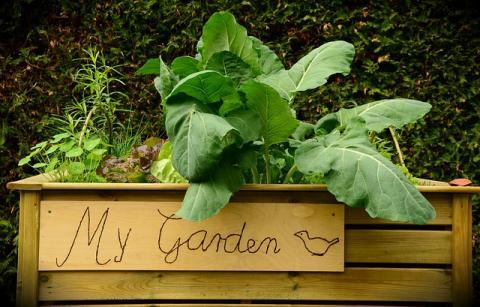
Children see fruits and vegetables on supermarket shelves, often pre-packed in cling-wrap or conveniently bagged, on a daily basis. Everything is available all the time – watermelons in the middle of winter? No problem. We might take it somewhat for granted that children know where their food originates, but to really open their eyes, they need to be exposed to growing food.
I talked to Master Gardener Monette Meo at St. Perpetua School in Lafayette, California, about some of the fun themes she uses when planning what to plant and how to teach the children. She said that children are amazed to see the growth, particularly when they return to school after the summer break and everything is burgeoning. As one junior high kid commented “It looks like the garden went through puberty!” (And who would know about that better than a junior high student!).
Kids can be equally baffled by the apparent barrenness of the garden during the winter. The point is, until they see the cycles of growth and dormancy, they can’t appreciate what is in season and why a strawberry bought in the store in December pales in taste comparison to one eaten straight from the plant in June.
If you are stuck for inspiration in the garden, why not try some of these ideas at home?
- Smoothie/popsicle garden: Blueberries, strawberries, raspberries, spinach, kale.
- Pizza garden: Tomatoes, peppers, onions, basil
- Salsa garden: Tomatillos, sun gold tomatoes, peppers, cilantro
- Soup garden: Chard, spinach, tomatoes, onions, garlic, potatoes
- Quiet garden: Lavender, lemon balm, chamomile, jasmine
- Rainbow garden: rainbow chard, sun gold tomatoes, eggplants, peppers
- Teepee garden: runner beans, sweet peas. Also in this category of making “hideout” gardens – mulberry bushes, sunflowers
- Summer fun/fall feast: Pumpkins, corn
- Edible Flowers: Nasturtiums, violets, violas, pansies, calendulas, zucchini blossoms, borage. When cauliflower and broccoli bolt, their flowers are also edible. Watch your child’s eyes grow wide when you ask if they have ever eaten a flower!
- Sensory Garden: For touch, scent and feel – lemon verbena, rosemary, lambs ear, lavender, pineapple sage, sweet peas
- Butterfly/Hummingbird garden: Buddleia, salvias, tequila salvias, milkweed, echinacea, lobelia, hollyhocks, verbena, lantana, zinnias, snapdragons, monarda centranthus
- Peter Rabbit garden: Carrots, radishes, lettuce, cabbage, peas, lavender, thyme, chamomile, parsley (for tummy ache!). Don’t forget to create a peaceful, comfy reading area so you can enjoy the book together. Of course, you also need a little scarecrow made with a little blue jacket for authenticity.
Most of the above are fairly easy to grow. You should refer to your climate zone where you live for when to plant. When planting with children, you want to be fairly sure of success to avoid frustration, although that is all part of the lesson too. Some things work; others you chalk up to learning!
When children see the simplicity of soil to table it can open conversations about avoiding pesticides, processed foods and generally making healthy (and delicious) choices.
Children love to eat what they plant. Is there any taste better than a ripe, sun-warmed tomato eaten right off the plant?

